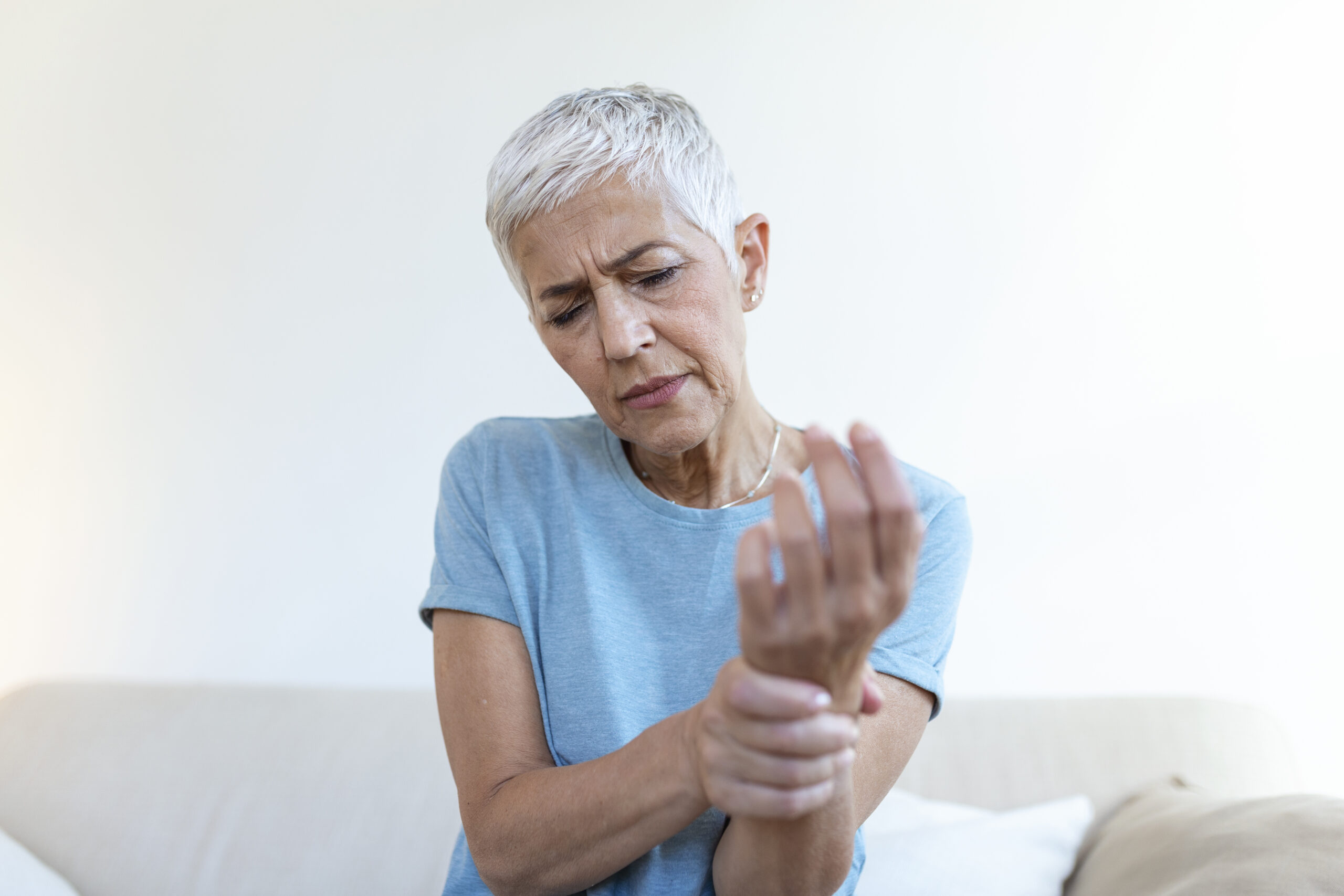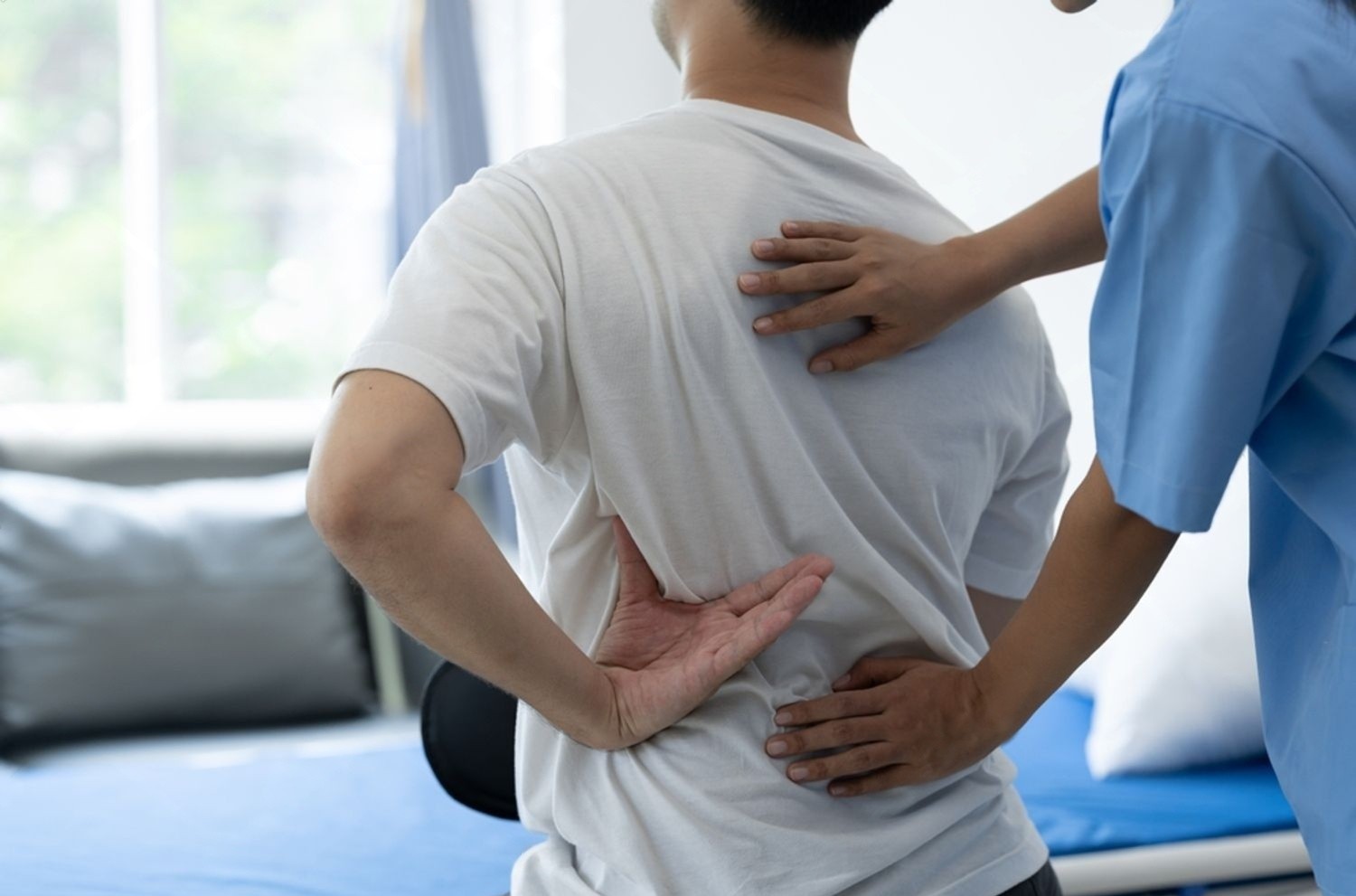Six Crucial Steps To Manage TMJ Pain Without Medications

Have you heard of the temporomandibular joint or TMJ?
This joint is responsible for your jaw movements. Whether you chew, smile, talk or yawn, it is the TMJ that makes the movement possible.
TMJ pain occurs when the TMJ is misaligned due to any reason. Physiotherapy exercises can help you relieve TMJ pain. However, there are other ways to live a healthy life.
Let’s take a look at the six highly effective tips that help you manage TMJ pain at home.
How to Reduce TMJ Pain?
The TMJ connects your jawbone and skull enabling various jaw movements. But, things go awry when this TMJ is damaged or the jaw is injured.
TMJ pain reflects that something is seriously wrong with your jaw joints and muscles. The most common symptoms include pain while chewing, headaches, pain in the neck, ear and face, locking of jaw joints and more. It is easier to deal with TMJ pain if you consult with a physiotherapist as soon as you notice the symptoms.
Here are some simple lifestyle habits and exercises that help reduce TMJ pain:
- Posture correction
You may not realize it but your posture plays a critical role in keeping the TMJ healthy. People with a sedentary lifestyle often complain about TMJ pain. You are most likely to slouch while working over desktops and laptops for long working hours. And slouching hurts your back and shoulder muscles and affects the TMJ as well.
Talk to a physiotherapist about posture correction techniques. Use a chair with solid back support while working. Do not forget to take breaks as frequently as possible. You should be mindful of your posture even while standing or walking.
- Head/Ice packs
You can try both heat and cold therapy to find out which one works for you the best. The right therapy acts wonders on your jaw pain and associated muscle pain. Cold therapy reduces inflammation of the TMJ. Heat therapy, on the other hand, relaxes the stiffened muscles & ligaments on both sides of the jaw.
No matter which therapy you choose, there should be a gap of at least 30 minutes before you apply the ice or heat again. Keep the ice or heat pack for 15 minutes maximum on the affected area.
- Right diet
TMJ pain doesn’t let you chew properly. Why put effort into something that hurts you? Choose foods that don’t require a lot of chewing. You can have soft foods like apple sauce, mashed potatoes, etc. Try cutting the hard foods into tiny pieces and have small bites to avoid triggering the pain.
- Stretching exercises
The stretching exercises help the muscles and ligaments on either side of the jaw relax. These also reduce TMJ pain considerably.
An example of a basic stretching exercise:
Tongue lifts
- Put the tip of your tongue on the roof of your mouth.
- Open your mouth keeping the tip intact as widely as possible.
- Hold the position for 10 seconds.
- Strengthening exercises
TMJ pain doesn’t go away in a day. It takes time. But, you may experience flare-ups during that time. That is when strengthening exercises come into play.
An example of a basic strengthening exercise:
Resist mouth-closing
- Keep your thumb under the chin.
- Put your index fingers between the chin and mouth’s ridge.
- Put downward pressure on your chin while closing the mouth.
- Use your thumbs and fingers to apply the pressure.
- Relaxation exercises
Relaxation exercises ease the TMJ pain by reducing stress-causing hormones. Here is a simple relaxation exercise you can do at home:
- Inhale slowly.
- Make sure your stomach expands during the process.
- Exhale slowly.
- Repeat 5-10 times.
Final Thoughts,
TMJ disorder is painful. It not only limits your jaw movements but also affects your overall quality of life. A licensed physiotherapist can help guide you through the right exercises required to reduce the pain. You can follow the above-mentioned tips after a thorough consultation with the physiotherapist.
Looking for a Physiotherapist to Deal with TMJ Pain?
We have some of the most professional and eminent physiotherapists to help you deal with TMJ pain. Our professionals determine the exact cause of the problem through a thorough medical assessment. They prescribe specific exercises to reduce your TMJ pain and help you resume an optimal lifestyle.
Blog Categories
- Acupuncture Treatment (10)
- Ankle Sprain (1)
- Arthritis Treatment (1)
- Back Pain (23)
- Chiropractic Care (38)
- Tennis Elbow (1)
- Chronic Pain (5)
- COVID-19 (1)
- Custom Orthotics (6)
- Dizziness (4)
- Exercises (12)
- Foot Orthotics (6)
- Hamstring Stretches (2)
- Info Articles (3)
- Kids Injury (1)
- Laser Therapy (4)
- Massage Therapy (21)
- Neck Pain (16)
- Orthopedic (1)
- Osteoarthritis (5)
- Osteopathy (3)
- Pain Management (17)
- Physiotherapy Benefits (44)
- Physiotherapy Clinic (6)
- Physiotherapy Exercises (12)
- Physiotherapy Tips (25)
- Physiotherapy Treatment (100)
- Rotator Cuff (2)
- Shin Splints (1)
- Shoulder (2)
- Spine (4)
- Sports Physiotherapy (1)
- Uncategorized (1)
- Vestibular Physiotherapy (2)
- Work From Home (2)


